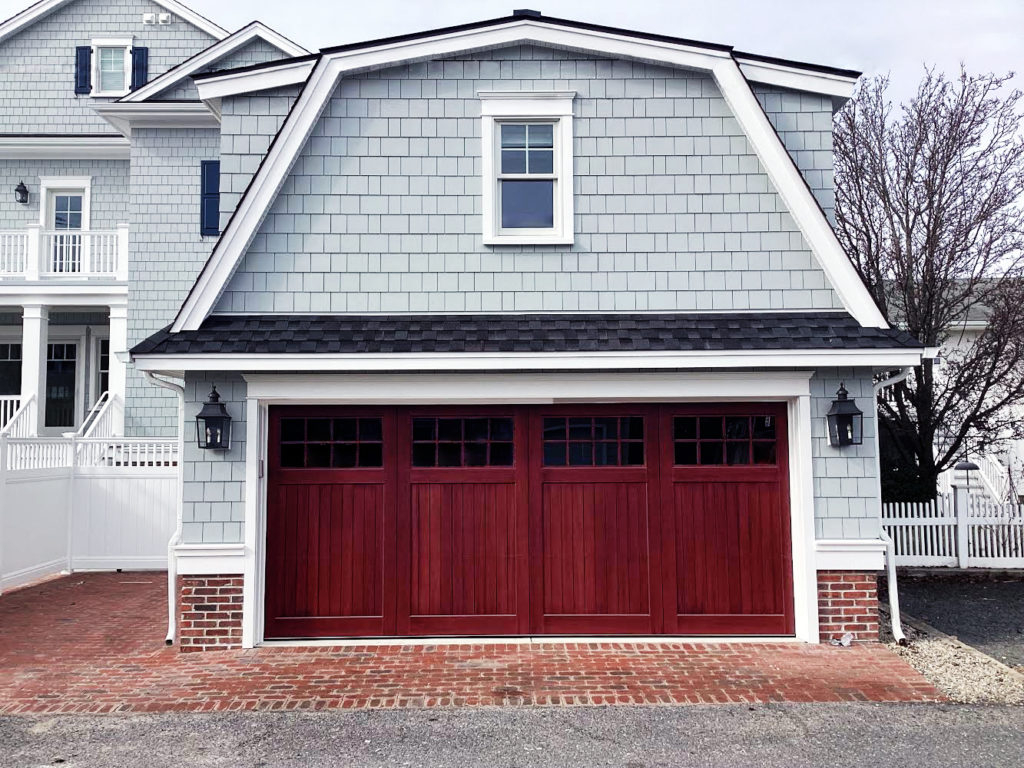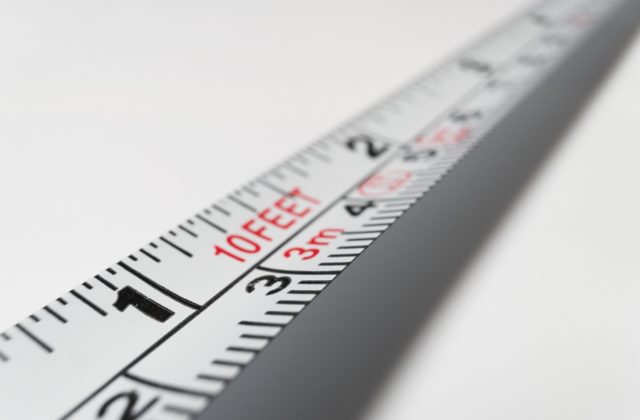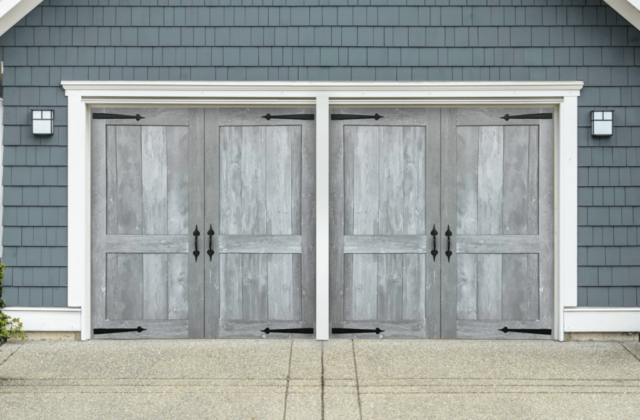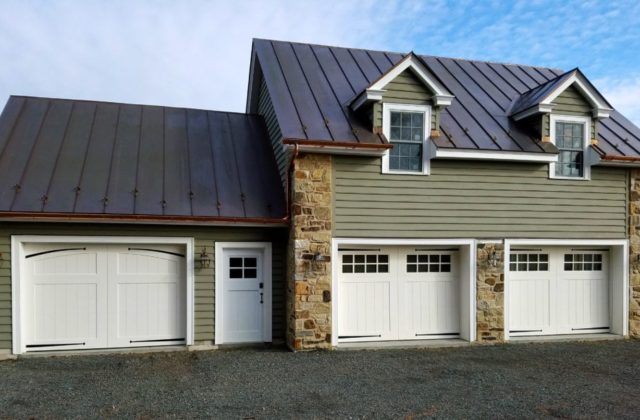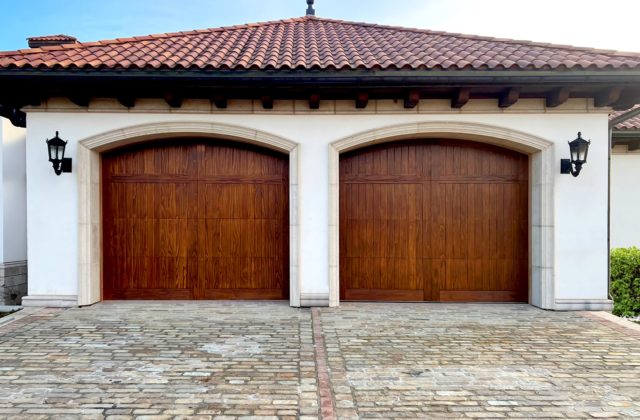The timber industry has made significant advancements in both performance and sustainability. Accoya® is a next-generation wood that offers exceptional durability, stability, and versatility. Whether used for doors, windows, cladding, or decking, it remains a top choice for consumers.
As its popularity grows, so do questions about its benefits and applications. This guide will cover everything you need to know about Accoya® wood, helping you determine if it’s the right choice for your project.
What is Accoya® Wood?
Accoya® wood is produced by Accsys®, a company in the Netherlands that transforms fast-growing, sustainable wood through a specialized modification process called acetylation. This process enhances the wood’s natural properties, improving its strength and resistance to environmental factors.
What is Acetylation?
Acetylation is a treatment that prevents wood cells from absorbing water. This process involves exposing softwood species like Douglas Fir, Redwood, Southern Pine, and Western Red Cedar to acetic anhydride, transforming them into hardwood.
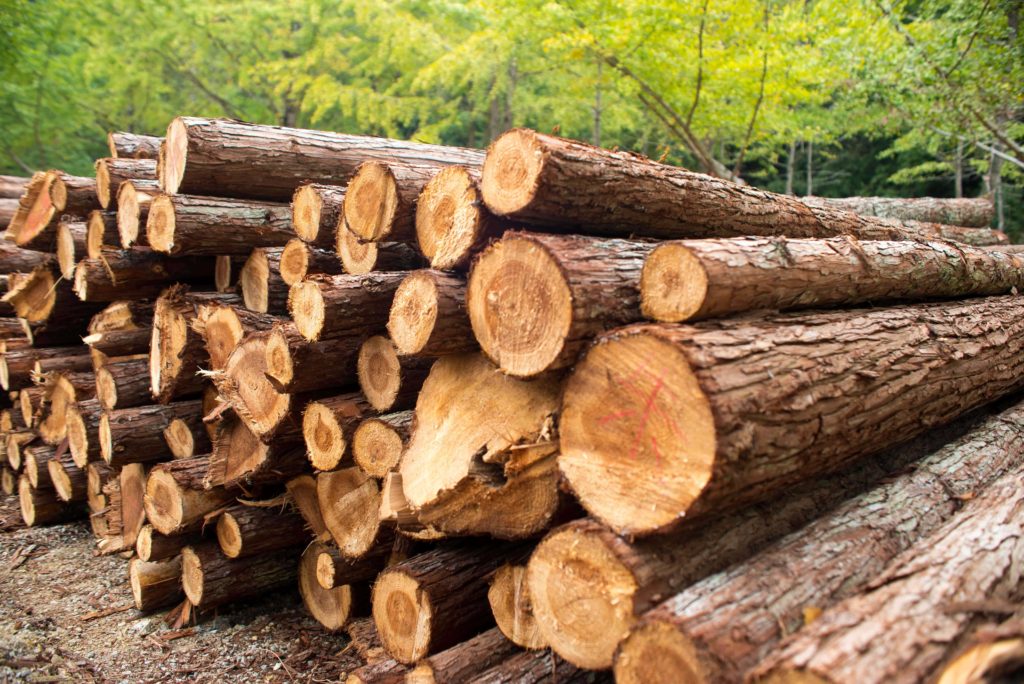
This modification does not weaken the wood. Instead, it enhances its hardness and maintains its structural integrity. Unlike unmodified wood, which expands and contracts with changing weather conditions, acetylated wood remains stable, making it ideal for outdoor applications.
Acetylated Wood Process
The acetylation process follows these six key steps:
- Rough-sawn sustainable wood is soaked in acetic anhydride.
- A chemical reaction modifies the wood at the cellular level.
- Residual chemicals and byproducts are removed.
- The treated wood undergoes a strict quality check.
- Acetic anhydride is recycled for future use.
- Acetic acid, a byproduct, is sold for other industrial applications.
Once the process is complete, the wood is ready for use, offering enhanced durability and long-term performance.
Key Benefits of Accoya® Wood
There are many reasons why people favor this type of wood. The acetylation process strengthens the wood so it offers better performance, sustainability, durability, and more.
Performance
Accoya® is engineered for reliability. It resists shrinking, swelling, and warping, even in extreme climates. With superior rot resistance and minimal movement over time, it provides long-lasting performance with reduced maintenance.
Sustainability
Accoya® wood is sourced from FSC-certified forests, ensuring responsible forest management. Its low carbon footprint and non-toxic composition make it safe for people, pets, and the environment.
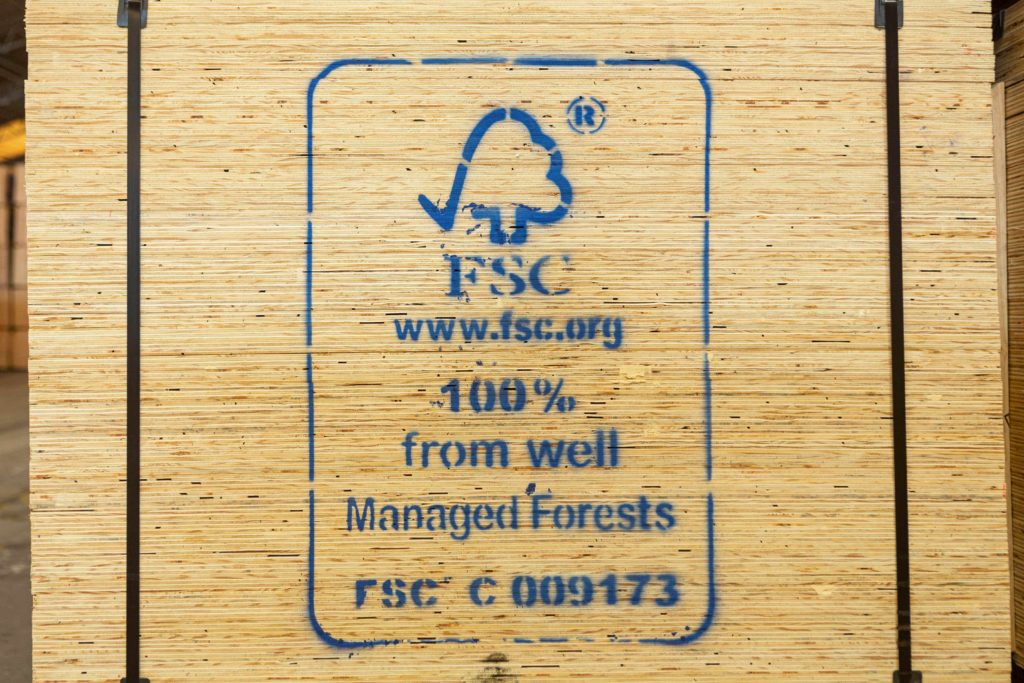
Finishes
One of Accoya®’s standout features is its ability to hold finishes exceptionally well. It offers long-lasting coatings that require minimal upkeep, making it a cost-effective choice for architects, manufacturers, and homeowners.
Softwood Sustainability
Softwood species used for Accoya® are primarily sourced from responsibly managed plantations. These forests are continuously replenished, ensuring minimal environmental impact.
Production
Sustainability in timber production extends beyond sourcing. Accoya®’s manufacturing process prioritizes environmental responsibility, ensuring minimal waste and eco-friendly practices.
In-Use
Accoya® holds a Class 1 durability rating—the highest available. It also offers superior thermal insulation, making it an energy-efficient choice for structures like window frames. With reduced expansion and contraction, it requires fewer coatings and less frequent maintenance.
End of Life
Unlike chemically treated wood, Accoya® is fully biodegradable and can be recycled or repurposed at the end of its life cycle. This ensures minimal waste and aligns with sustainable building practices.
Cost Comparison
While Accoya® may have a higher upfront cost, its durability and low maintenance requirements lead to long-term savings. With reduced repair and refinishing costs, it proves to be a cost-effective investment over time.
Uses
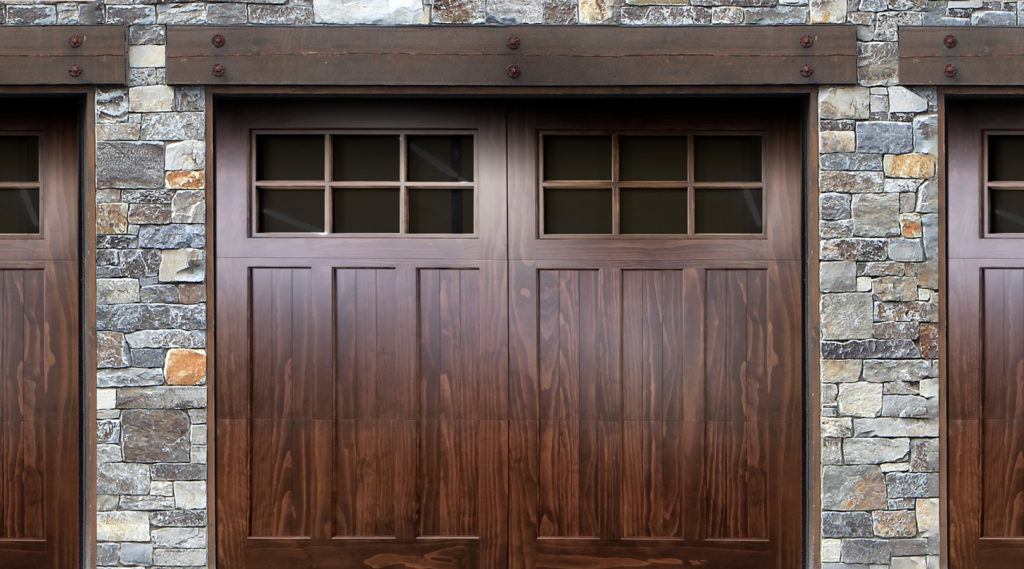
Thanks to its versatility, Accoya® is used in a variety of applications, including:
- Windows and Garage Doors – Offers stability and resistance to weather changes.
- Siding, Facades, and Shutters – Enhances curb appeal with long-lasting finishes.
- Decking – Provides a durable, low-maintenance outdoor flooring solution.
Whether for a small renovation or a large-scale project, Accoya® wood stands out as a leading choice for sustainable, high-performance timber.
